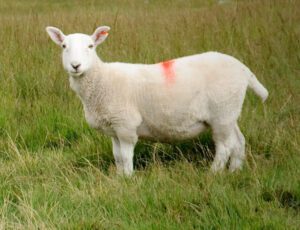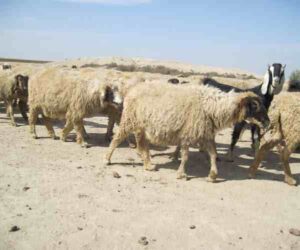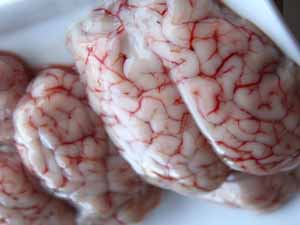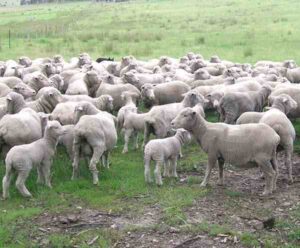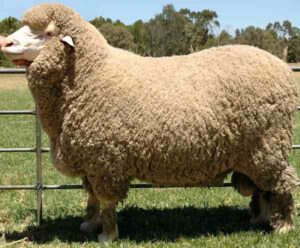The Southdown sheep is a dual purpose breed of domestic sheep from United Kingdom. It was developed in southeastern England, specifically in the Chalk Hills or ‘South Downs’ of Sussex.
It was developed during the late 1700 and early 1800s. The breed is historically one of the most important British sheep breeds.
It is highly valued for meat, fleece and also for improvement of other sheep breeds. The region from where the breed was developed has a mild climate, fertile soil and good grass that make it excellent for raising sheep.
Along with the native area, the breed is also available in some other countries. And it was exported to New Zealand and was used in the breeding of the Canterbury lamb.
It was consistent in qualities, and it was used in the development of several other sheep breeds, including the Hampshire, Oxford and Shropshire.
The Southdown Sheep Society was formed in 1890. Southdown sheep is recognized by the Rare Breeds Survival Trust as a native breed.
Today the breed is popular among the small scale sheep breeders and raised mainly for meat production. Read more information about this breed below.
Southdown Sheep Characteristics
Southdown sheep are medium to large sized beautiful animals with distinctive appearance. They are sturdy, wide, deep, compact and refined.
They are usually of white color with mouse colored faces. They have wool on their faces, ears and legs. Rams and ewes are usually polled, that means they have no horns.

Their wool is fine to medium, with a staple length of 4-6 cm, and average fleece weights 3-5 pounds. And fiber diameter is about 23-29 microns.
As a medium sized animal, average live body weight of the mature Southdown rams is between 86 and 104 kg. And average live body weight of the mature ewes vary from 59 to 81 kg.[1]
Uses
The Southdown sheep are excellent meat producers. They are raised mainly for meat production.
Special Notes
The Southdown sheep are a very active breed of domestic sheep. They are relatively calm in disposition. They are adaptable to varied and wet climates. They are excellent for meat production, and the high quality of the carcass has also been a hallmark of the breed.
Southdown sheep grow relatively faster, and they are efficient foragers. However, review full breed profile of the Southdown sheep in the following chart.
| Breed Name | Southdown |
| Other Name | None |
| Breed Purpose | Meat |
| Special Notes | Very active animals, well adapted to the local climates, good for quality meat production, relatively calm disposition, well adapted to varied and wet climates, grow relatively faster, efficient foragers |
| Breed Size | Medium to large |
| Weight | Mature ram’s weight is between 86 and 104 kg, and weight of the mature ewes vary from 59 to 81 kg. |
| Horns | No |
| Climate Tolerance | Native climates |
| Color | White |
| Rarity | Common |
| Country/Place of Origin | United Kingdom |

